Tires are the unsung heroes of our vehicles, providing the necessary traction, stability, and comfort for our journeys. However, when tires wear unevenly, specifically on the inner edges, it can signal underlying issues that require immediate attention. Understanding the causes of inner tire wear and the solutions to correct it can not only enhance vehicle performance but also prolong the life of your tires. Let’s delve into this crucial automotive concern.
- The Anatomy of Tire Wear
- Common Causes of Inner Tire Wear
- Solutions to Combat Inner Tire Wear
- 1. Regular Wheel Alignment
- 2. Maintain Proper Tire Pressure
- 3. Inspect Suspension Components
- 4. Adopt Smooth Driving Habits
- 5. Regular Tire Rotation
- Exploring the Implications of Inner Tire Wear
- Safety Risks
- Economic Considerations
- Impact on Vehicle Performance
- Proactive Measures: A Checklist for Tire Maintenance
The Anatomy of Tire Wear
Tire wear refers to the gradual erosion of the tire tread, which can occur in various patterns. Among these, inner tire wear is particularly concerning. This type of wear indicates that the inner edge of the tire is being worn down more rapidly than the outer edge. This imbalance can lead to reduced traction, increased stopping distances, and ultimately, a compromised driving experience.
Common Causes of Inner Tire Wear
- Misalignment: One of the most frequent culprits of inner tire wear is misalignment. When the wheels are not parallel to each other or perpendicular to the road, it can cause the tires to wear unevenly. Regular alignment checks are essential to avoid this issue.
- Improper Inflation: Under-inflated or over-inflated tires can also lead to uneven wear. When tires are not inflated to the manufacturer’s recommended pressure, the contact patch on the road changes, causing excessive wear on one side.
- Suspension Problems: Worn or damaged suspension components, such as shocks, struts, or control arms, can affect tire alignment and lead to inner tire wear. A thorough inspection of the suspension system can help identify these issues.
- Driving Habits: Aggressive driving, including rapid acceleration, hard braking, and sharp cornering, can contribute to uneven tire wear. Adopting smoother driving habits can mitigate these effects.
- Tire Rotation: Failing to rotate tires regularly can lead to uneven wear patterns. Rotating tires helps distribute the wear more evenly across all four tires, prolonging their lifespan.
Solutions to Combat Inner Tire Wear
Addressing inner tire wear involves a combination of preventive measures and corrective actions. Here are several steps you can take to combat this issue:
1. Regular Wheel Alignment
Getting your vehicle’s wheels aligned regularly—ideally every 6,000 miles or as recommended by your vehicle’s manufacturer—can significantly reduce the chances of inner tire wear. Proper alignment ensures that your tires make even contact with the road.
2. Maintain Proper Tire Pressure
Regularly check your tire pressure using a reliable gauge. Ensure that your tires are inflated to the recommended levels. This simple step can help prevent uneven wear and enhance fuel efficiency.
3. Inspect Suspension Components
Have a qualified mechanic inspect your suspension system periodically. Address any worn or damaged components promptly to prevent misalignment and associated tire wear issues.
4. Adopt Smooth Driving Habits
Practice smooth acceleration and braking, and avoid sharp turns whenever possible. This not only benefits your tires but improves overall vehicle control and safety.
5. Regular Tire Rotation
Rotate your tires every 5,000 to 8,000 miles to ensure even wear. This practice can extend the life of your tires and improve performance.
Understanding the causes and solutions for inner tire wear is crucial for maintaining your vehicle’s performance and safety. By addressing misalignment, ensuring proper tire pressure, inspecting suspension components, adopting better driving habits, and rotating your tires regularly, you can prevent premature wear and prolong the life of your tires. Remember, a well-maintained vehicle not only saves you money in the long run but also ensures a safer driving experience for you and your passengers.
Stay proactive with your tire maintenance, and your vehicle will thank you for it!
Exploring the Implications of Inner Tire Wear
While addressing inner tire wear is crucial for vehicle maintenance, it’s equally important to understand the broader implications of neglecting this issue. Inner tire wear not only affects the performance of your vehicle but can also influence your safety and the overall driving experience. Let’s examine why you should prioritize this concern and what the long-term effects could be if left unchecked.
Safety Risks
Driving on tires with uneven wear can significantly impair handling and braking performance. As the inner edges wear down, the tire’s grip on the road diminishes, leading to a higher risk of skidding, particularly in wet conditions. This can pose a serious danger, especially during emergency maneuvers. Ensuring that your tires are evenly worn isn’t just about preserving the tires themselves; it’s a matter of safety for you and other road users.
Economic Considerations
Replacing tires can be a costly affair. When inner tire wear goes unaddressed, it can lead to premature tire replacement, resulting in unnecessary expenses. In addition, a vehicle that isn’t running smoothly due to alignment issues may consume more fuel due to increased rolling resistance. This inefficiency not only impacts your wallet but also contributes to higher emissions, making it an environmental concern as well.
Impact on Vehicle Performance
Tires play a crucial role in the overall performance of your vehicle. When tires wear unevenly, it can lead to a decrease in ride comfort and increased noise levels. A vehicle that vibrates or feels unsteady can be frustrating and distracting while driving. Moreover, uneven tire wear can also lead to additional strain on the suspension and steering systems, causing further mechanical issues down the line.
Proactive Measures: A Checklist for Tire Maintenance
To safeguard against inner tire wear and its associated risks, consider implementing the following proactive measures into your vehicle maintenance routine:
- Regular Inspections: Schedule routine tire inspections with a professional. They can help identify early signs of wear and misalignment.
- Keep a Maintenance Log: Document all tire-related maintenance, including rotations and alignments. This can help track when services are due and spot any recurring issues.
- Educate Yourself: Familiarize yourself with the symptoms of inner tire wear. Knowing what to look for can empower you to act swiftly if you notice any irregularities.
- Invest in Quality Tires: Quality matters. Purchasing high-quality tires designed for your vehicle type can provide better wear characteristics and performance.
Inner tire wear is more than just a cosmetic issue; it’s a reflection of your vehicle’s health and can have serious implications for safety, performance, and cost. By understanding the causes and implementing regular maintenance practices, you can mitigate the risks associated with inner tire wear. Remember, your tires are the only point of contact between your vehicle and the road. Treat them with the care they deserve, and they will serve you well on every journey.
In the end, maintaining your tires is an investment in safety, comfort, and longevity. So, the next time you check your vehicle, don’t forget to give those tires the attention they need. Your future self—and your passengers—will thank you!

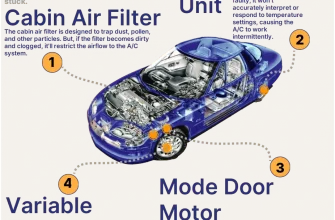
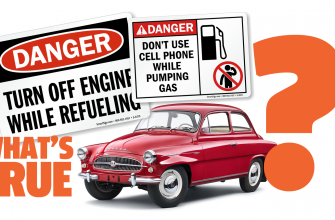
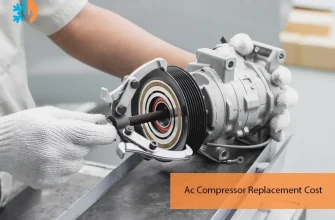


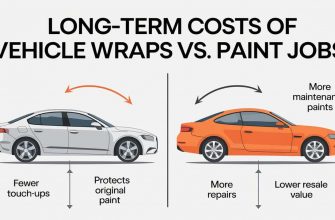
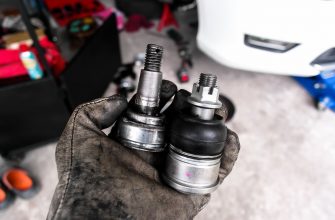

This article provides invaluable insights into tire maintenance! I had no idea inner tire wear could indicate such serious issues. Very informative!
I learned so much about tire wear from this piece. The section on misalignment was particularly helpful for me. Thanks for sharing!
I appreciate how detailed this article is. The tips on proper inflation and suspension checks are especially useful for keeping my tires in top shape.
This article is a must-read for anyone who drives! It clearly explains the importance of regular tire checks and how to avoid uneven wear.
Great read! Understanding the causes of inner tire wear has made me more proactive about my vehicle’s maintenance. Highly recommend this article!